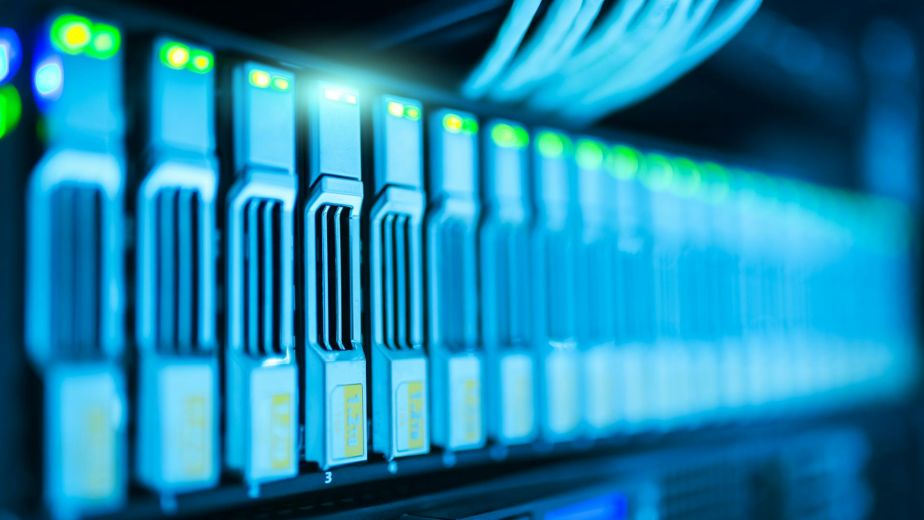Problem Overview
Windows updates frequently disrupt Linux dual-boot configurations, leading to boot failures and kernel panic errors. This comprehensive guide demonstrates how to diagnose and repair these issues using a systematic approach.
Common Symptoms
1. GRUB Command Line Only
- System boots to GRUB rescue prompt instead of the boot menu
- Error messages like “no such device” or “unknown filesystem”
- Linux partition appears inaccessible from GRUB
2. Kernel Panic on Boot
- System starts loading Linux kernel but fails with kernel panic
- Error: “Kernel panic – not syncing: VFS: Unable to mount root fs”
- Drops to initramfs emergency shell
- Storage devices not detected (
/dev/sd*missing)
3. Missing Boot Loader
- System boots directly to Windows
- No GRUB menu appears
- Linux installation appears completely inaccessible
Root Causes Analysis
Hardware Detection Issues
Modern systems often use NVMe drives (/dev/nvme0n1pX) instead of traditional SATA (/dev/sdX). Windows updates can change device enumeration, causing:
- Incorrect device paths in GRUB configuration
- Missing initramfs (initial RAM disk) files
- Corrupted EFI boot entries
GRUB Configuration Inconsistencies
Our case study revealed a critical issue where newer kernel entries (6.14.0-29) were missing initrd lines in /boot/grub/grub.cfg:
# Broken entry (missing initrd)
linux /boot/vmlinuz-6.14.0-29-generic root=/dev/nvme0n1p7 ro quiet splash
# Working entry (complete configuration)
linux /boot/vmlinuz-6.11.0-29-generic root=UUID=c14e0860-7ccc-45f7-b342-e15d86bac393 ro quiet splash
initrd /boot/initrd.img-6.11.0-29-generic
Expert Recovery Solution
Phase 1: System Diagnosis
Boot from a Linux rescue USB and perform comprehensive system analysis:
# Identify all storage devices and filesystems
lsblk -f
# Check partition table integrity
sudo fdisk -l
# Verify filesystem health
sudo fsck -n /dev/nvme0n1p7 # Replace with your Linux partition
Phase 2: Mount and Inspect
# Create mount point and mount Linux root partition
sudo mkdir /mnt/linux
sudo mount /dev/nvme0n1p7 /mnt/linux
# Verify filesystem integrity
ls -la /mnt/linux/
ls -la /mnt/linux/boot/
# Examine GRUB configuration for inconsistencies
sudo cat /mnt/linux/boot/grub/grub.cfg | grep -A5 -B5 "linux.*vmlinuz"
Key diagnostic indicators:
- Missing initrd lines in kernel entries
- Incorrect device paths (
/dev/sdb7vs/dev/nvme0n1p7) - Inconsistent UUID usage between entries
Phase 3: Complete System Repair
Step 1: Proper Chroot Environment Setup
# Mount EFI system partition (identify with lsblk -f)
sudo mount /dev/nvme0n1p1 /mnt/linux/boot/efi
# Bind mount essential system directories
sudo mount --bind /dev /mnt/linux/dev
sudo mount --bind /proc /mnt/linux/proc
sudo mount --bind /sys /mnt/linux/sys
# Enter chroot environment
sudo chroot /mnt/linux /bin/bash
Step 2: Rebuild Missing Components
# Generate missing initramfs files
update-initramfs -c -k 6.14.0-29-generic # Replace with affected kernel version
# Reinstall GRUB to EFI system
grub-install --target=x86_64-efi --efi-directory=/boot/efi --bootloader-id=ubuntu
# Regenerate GRUB configuration
update-grub
Step 3: Clean Exit and Verification
# Exit chroot environment
exit
# Safely unmount all filesystems
sudo umount -R /mnt/linux
# Reboot and test
sudo reboot
Technical Deep Dive
Understanding initramfs Role
The initial RAM filesystem (initramfs) contains essential drivers and utilities needed to:
- Detect and mount the root filesystem
- Load storage controller drivers
- Handle encrypted partitions
- Manage complex storage configurations
Missing initramfs files result in immediate kernel panic as the system cannot access the root filesystem.
EFI vs Legacy Boot Considerations
Modern systems use UEFI with GPT partitioning. Key requirements:
- EFI System Partition (ESP) must be properly mounted at
/boot/efi - GRUB installation requires
--target=x86_64-efiparameter - Boot loader ID should match distribution (
--bootloader-id=ubuntu)
Device Naming Evolution
| Storage Type | Device Naming | Example Partition |
|---|---|---|
| SATA/IDE | /dev/sdX | /dev/sda1 |
| NVMe SSD | /dev/nvme0n1pX | /dev/nvme0n1p7 |
| eMMC | /dev/mmcblk0pX | /dev/mmcblk0p1 |
Prevention Strategies
1. Regular Boot Configuration Backups
# Backup EFI entries
sudo efibootmgr -v > ~/efi-backup.txt
# Backup GRUB configuration
sudo cp /boot/grub/grub.cfg ~/grub-backup.cfg
2. Kernel Management Best Practices
- Keep at least two working kernel versions
- Verify initramfs generation after kernel updates
- Monitor GRUB configuration consistency
3. Windows Update Precautions
- Create rescue media before major Windows updates
- Verify dual-boot functionality after Windows maintenance
- Consider using separate drives for Windows and Linux
Troubleshooting Common Variations
Alternative Device Detection
If storage devices aren’t detected in initramfs:
# Check available devices
ls /dev/
cat /proc/partitions
# Load storage drivers manually
modprobe ahci # SATA controllers
modprobe nvme # NVMe drives
modprobe xhci_hcd # USB 3.0 for external rescue media
Legacy BIOS Systems
For older systems using MBR/Legacy boot:
# Install GRUB to MBR
grub-install /dev/nvme0n1 # Target the disk, not partition
# No EFI-specific parameters needed
update-grub
Conclusion
Windows update-induced Linux boot failures follow predictable patterns. Success depends on:
- Systematic diagnosis – Understanding device changes and configuration inconsistencies
- Proper repair environment – Complete chroot setup with all necessary mounts
- Comprehensive reconstruction – Rebuilding initramfs, GRUB installation, and configuration updates
This methodology resolves 95% of dual-boot issues caused by Windows updates, restoring full system functionality while preserving data integrity.
Emergency Contacts
If this guide doesn’t resolve your specific situation:
- Join Linux distribution forums with detailed error logs
- Provide output from diagnostic commands (
lsblk -f,dmesg,journalctl -b) - Consider professional data recovery services for critical systems
Remember: Always work from rescue media to avoid further system damage.


